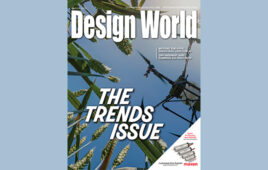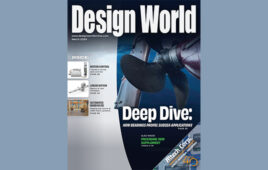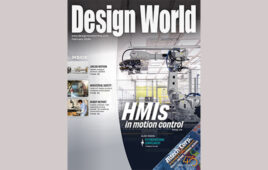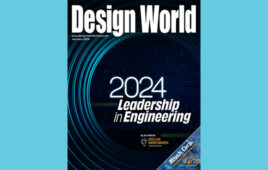Building a digital plant from scratch
Last month, I toured the brand-new manufacturing plant for Rittal in Haiger, Germany. Built a few miles from its current headquarters, the plant represents a 250-million-euro investment for the company, as well as a bold step forward toward the future of Industry 4.0.
Uwe Schard, Managing Director of IT and Industry Business Units for Rittal, explained that the company purchased more land in the area in 2015, due to the disappearance of some automobile manufacturing. The decision was made to combine a new factory with a global logistics center and innovation center — providing some simpler material flow issues.
But what really impressed me was the forethought in developing this new facility. Rittal’s management decided that they needed to build a new state-of-the-art digital factory before their current headquarters plant began to fall behind technologically. This wasn’t a crisis decision — this was a planned way to stay ahead of the competition for years to come.
Schard said that setup possibilities for the new factory were simulated over the course of about 3,000 hours (135 days’ worth of computer time!). Engineers optimized every area from the decoupling sections to the paint shop — something that really wouldn’t have been possible to do on a piece of paper.
“So, you have your ideas, you analyze your process, and you get a layout — but you have to simulate this all, because you’ve got to get the best output, in the most efficient manner,” he said. “We had 17 weeks where computers were just simulating, simulating.”
“The plant is to be fully aligned with efficient Industry 4.0 principles,” said Prof. Friedhelm Loh, CEO of the Friedhelm Loh Group, Rittal’s parent company. “The new manufacturing site will also safeguard future competitiveness for our customers and our own business. The total investment of 250 million euros is a positive statement in terms of the regional economy and the 290 jobs at our Haiger plant. We have quite consciously decided to proactively shape the future with the local people who made us what we are today.”
The new factory is comprised of roughly 260,000 sq-ft of floor space, and houses more than 100 high-tech machines. The plant will manufacture 9,000 AX compact and KX small enclosures daily, processing approximately 35,000 metric tons of steel each year.
Equipment here is highly automated, producing individual work pieces and assemblies efficiently. In the past, individual steps such as cutting to size, edging, welding and painting were transactional, sequential and independent of one another. Now, all workers, machines and materials are more integrated into the manufacturing execution system. At the end of the process, the individual assemblies are automatically merged and a QR code is applied.
The machines and handling systems communicate with each other and with higherlevel control systems via Industry 4.0-capable networks. Materials and components are moved by 20 automated guided vehicles. Packaging, marking and transfer to the distribution center are also performed automatically. And knowledge-based learning systems will enable predictive maintenance, preventing faults from occurring and minimizing downtime.
The Haiger facility is an interesting pilot for real-world implementation of Industry 4.0 — and Rittal says it will act as a role model for the company’s international operations.
Paul J. Heney – VP, Editorial Director
[email protected]
Filed Under: DIGITAL ISSUES • DESIGN WORLD




